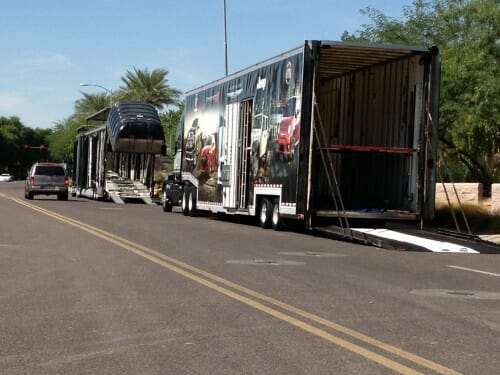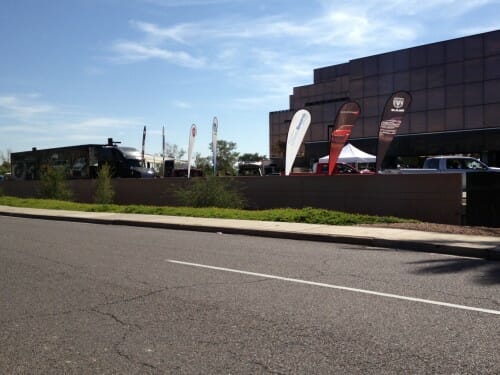Corporate Welfare and the Thin Edge of the Wedge
The other day, the City of Glendale approved a deal which has the city subsidizing (more in a second) the buyers of the Phoenix Coyotes hockey team to get them to actually stay in town rather than move to Seattle. The deal is arguably better than deals it was offered in the past (it gets shares of parking and naming rights it did not have before) and may even be a rational deal given where it is today.
But that is the catch -- the phrase "where it is today." At some level it is insane for a city of 250,000 people to pony up even more subsidies for a team that has the lowest attendance in the league. The problem is that the city built the stadium in the first place -- a $300 million dollar palace for a metropolitan area that already had a major arena downtown and which was built (no disrespect to Glendale) on the ass-end of the metropolitan area, a good 90 minute round trip drive for the affluent Scottsdale and east-side corporate patrons who typically keep a sports franchise afloat.
Building this stadium was a terrible decision, and I and many others said so at the time. But once the decision was made, it drove all the future decisions. Because the hockey team is the only viable tenant to pay the rent in that building, the city rationally will kick back subsidies to the team to keep it in place to protect its rent payments and sales taxes from businesses supported by the team and the arena. The original decision to build that stadium has handcuffed Glendale's fiscal situation for decades to come. One can only hope that cities considering major stadium projects will look to Glendale's and Miami's recent experiences and think twice about building taxpayer funded facilities for billionaires.
The deal the other night to keep the team went down in the only way it could have. As I had written, the NHL was insisting on selling the team for its costs when it took it over in bankruptcy, which were about $200 million, which was well north of the $100 million the team was worth, creating a bid-ask gap. Several years ago, the city tried to just hand $100 million to a buyer to make up the gap, but failed when challenged by the Goldwater Institute. The only real avenue it had left was to pass the value over to the buyers in the form of an above-market-rate stadium management contract.
And that is what happened, and I guess I will say at least it was all moderately transparent. The NHL came down to a price of $175 million, still $75 million or so above what the team is worth. The City had already sought arms-length bids for the stadium management contract, and knew that a fair market price for that contract would be $6 million per year. It ended up paying the buying group $15 million per year for the 15-year contract, representing a subsidy of $9 million a year for 15 years. By the way, the present value of $9 million over 15 years at 8% is... $75 million, exactly what was needed to make up the bid-ask gap. Again, I think the city almost had to do it, because the revenue stream it was protecting is likely higher than $9 million. But this is the kind of bad choices they saddled themselves with by building the stadium in the first place.


